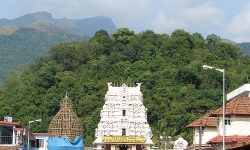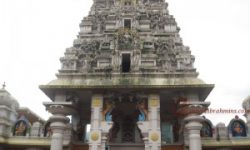14) Agni story on how to Pray, Build Temples And Idols – AGNI PURANA
Agni story on how to Pray & Build Temples and Idols The Agni Purana next has several chapters on how to pray and on how to build temples and idols. The techniques of praying to Vishnu, Shiva, Surya and the other gods and goddesses are described, including the special mantras…













